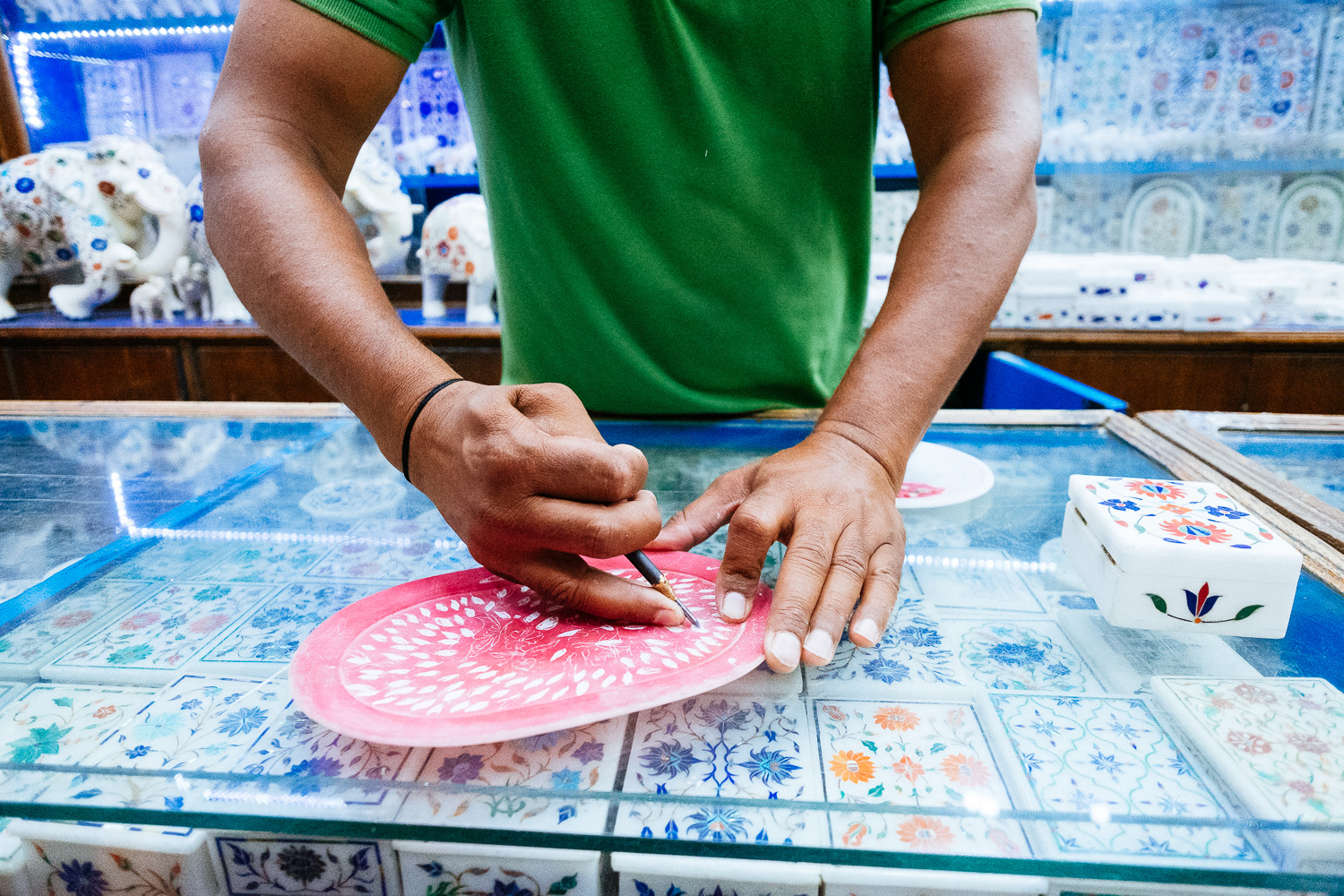 FUJIFILM X-Pro2 (52.7mm, f/9, 1/600 sec, ISO200)
FUJIFILM X-Pro2 (52.7mm, f/9, 1/600 sec, ISO200)
Sometimes you are lucky – Sometimes you are not.
It is a real privilege to go to Agra and to see the Taj Mahal. It is an even greater privilege to have the chance to see it again. Before I went there I was really amazed. But maybe that’s too much luck for one man. When I went there the second time it was souring hot and humid but worst of all the light was horrible.
At least this time I was prepared to stay cool to take the money shot: The view through the entrance gate. The white Taj Mahal framed by the gate.
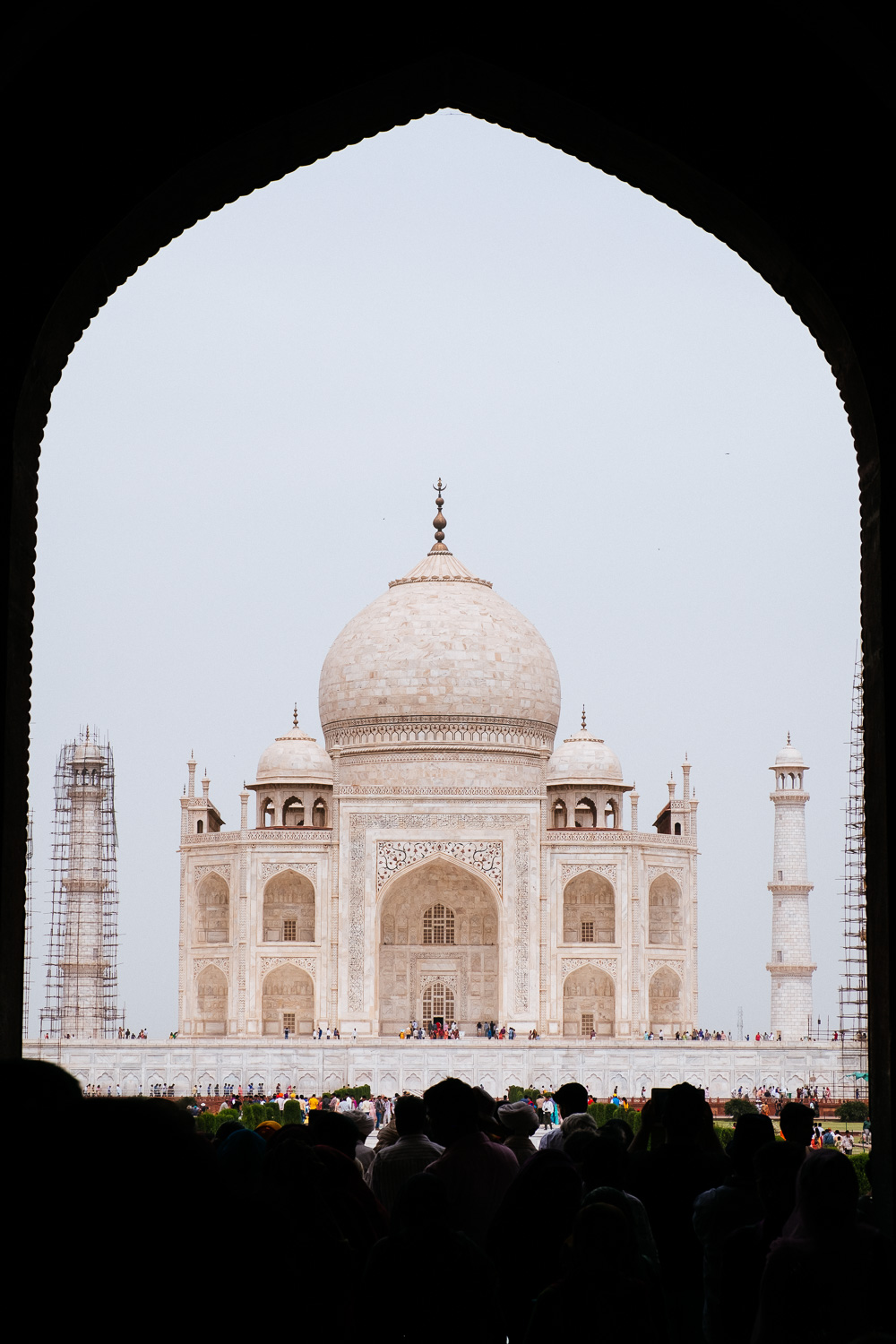 FUJIFILM X-Pro2 (55mm, f/9, 1/800 sec, ISO200)
FUJIFILM X-Pro2 (55mm, f/9, 1/800 sec, ISO200)
An image that must look great in black and white and with a little bit of grain.
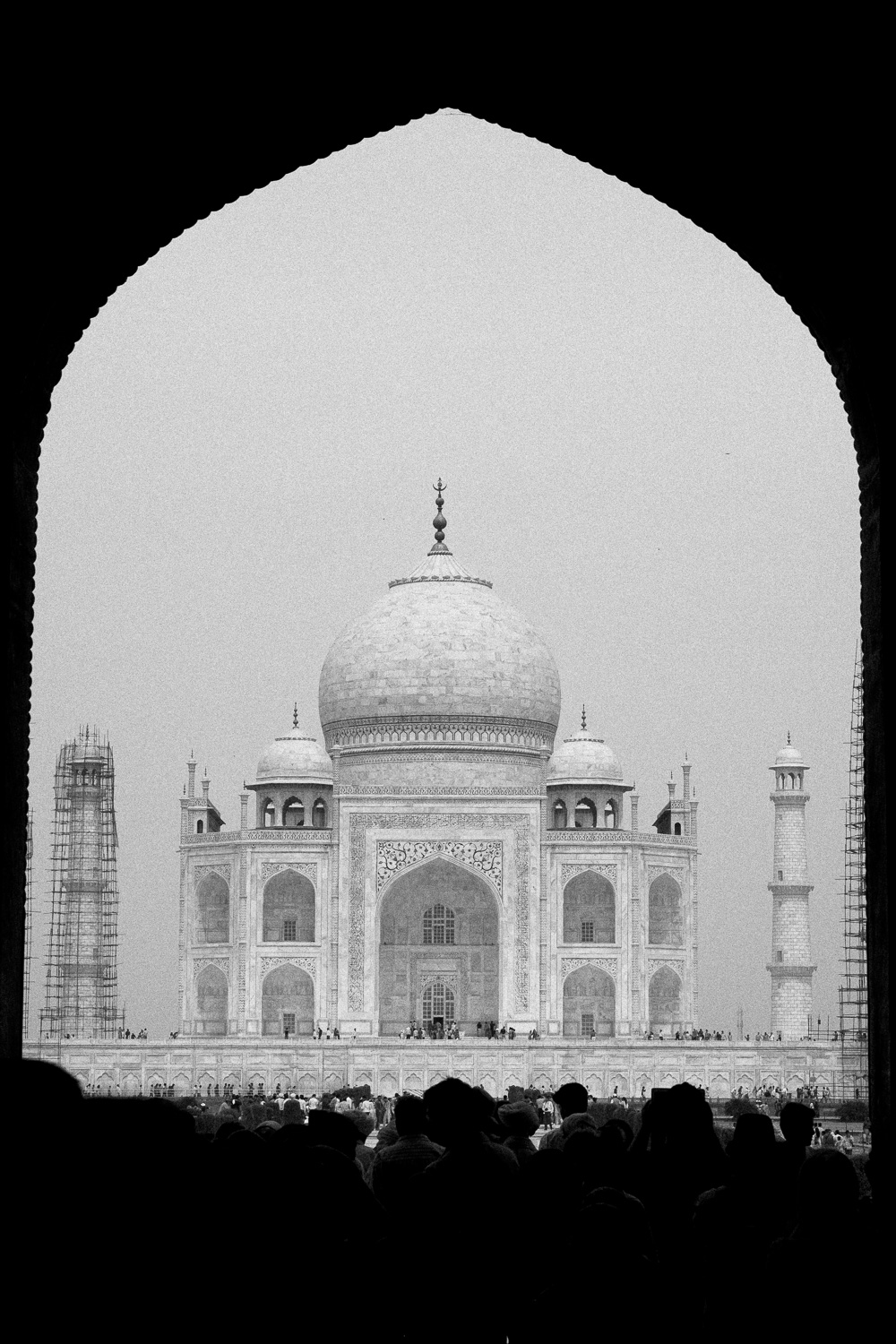 FUJIFILM X-Pro2 (55mm, f/9, 1/800 sec, ISO200)
FUJIFILM X-Pro2 (55mm, f/9, 1/800 sec, ISO200)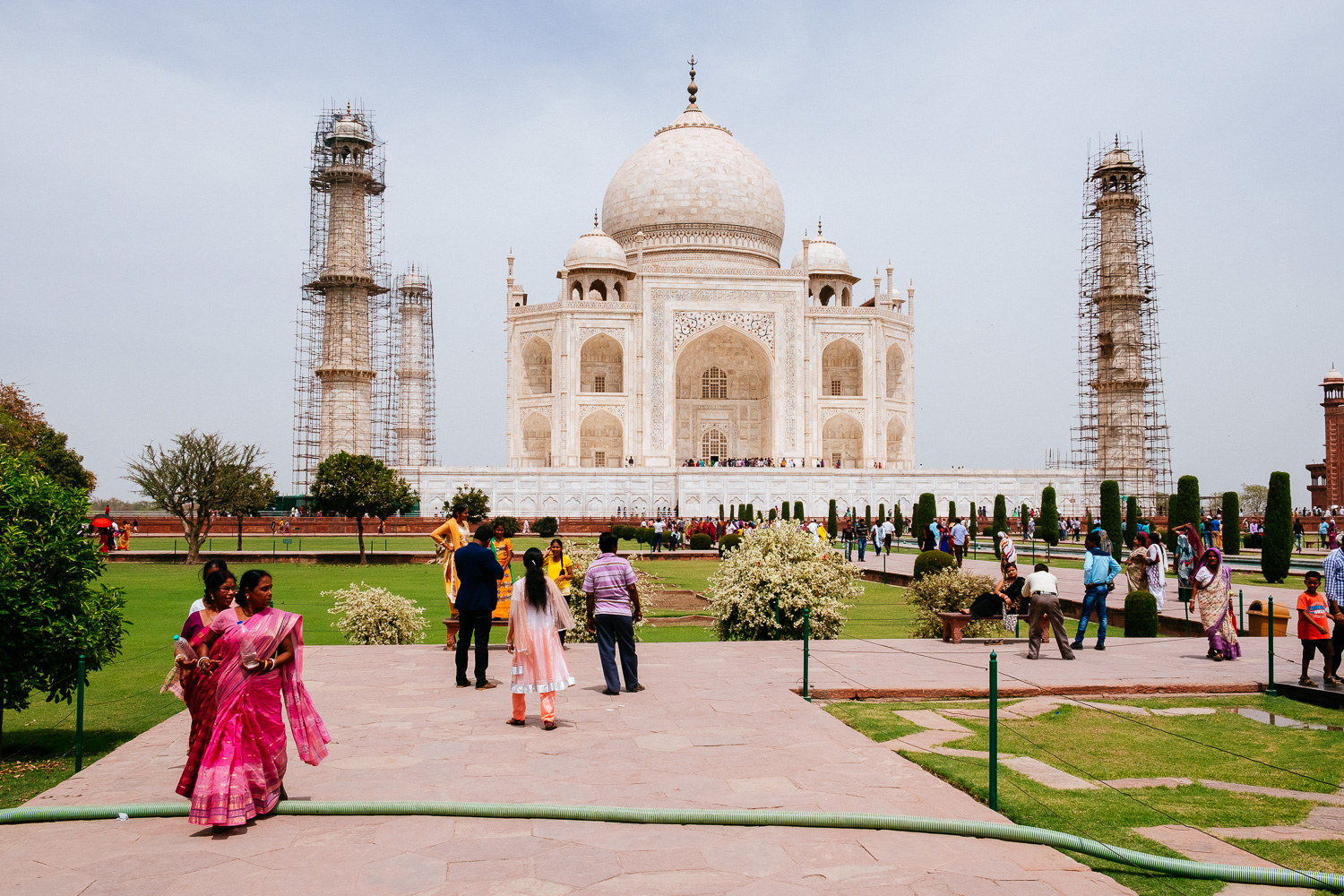 FUJIFILM X-Pro2 (21.4mm, f/10, 1/640 sec, ISO200)
FUJIFILM X-Pro2 (21.4mm, f/10, 1/640 sec, ISO200)
But beside that I had hard time to enjoy the visit this time. The light was not good and there was a guide that was very eager to tell me everything about the Taj Mahal so my time to focus on photography was limited.
But I brought my brand new X Pro-2 so I had to shoot. At that time I still nervous because of the reported overheat problems but I quickly learned that it only exists in the internet. The camera got warm but that also was the case with my X-T1 and with my X Pro-1. In very hot climates those cameras get much warmer than an DSLR because their bodies are smaller and heat dissipation is compromised. They got hot but they never shut down – ever. Not in India, not in Malaysia and also not in Death Valley this summer where I experienced 53 degrees Celsius heat for the first time in my life.
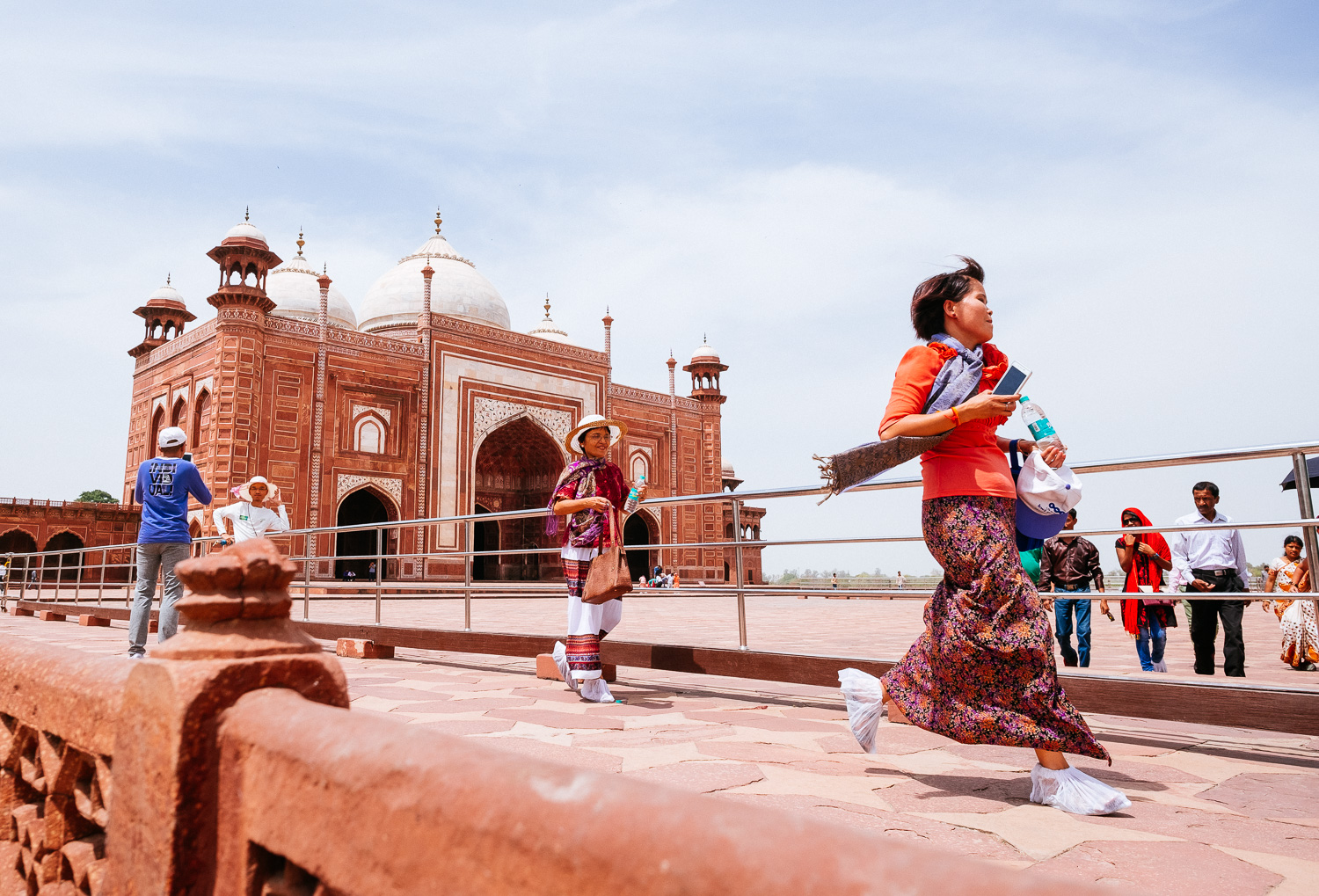 FUJIFILM X-Pro2 (14mm, f/5, 1/1700 sec, ISO200)
FUJIFILM X-Pro2 (14mm, f/5, 1/1700 sec, ISO200)
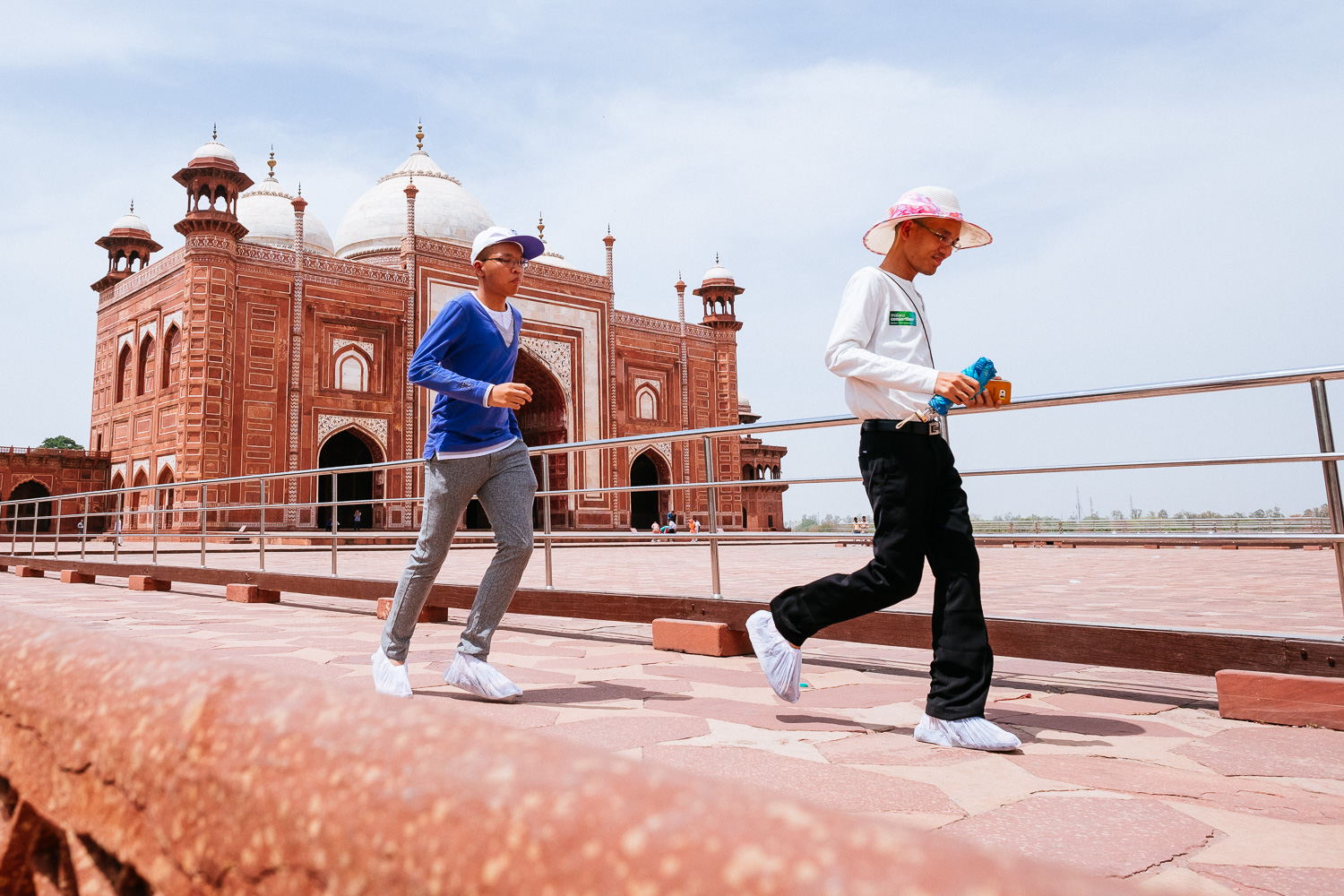 FUJIFILM X-Pro2 (14mm, f/5.6, 1/1500 sec, ISO200)
FUJIFILM X-Pro2 (14mm, f/5.6, 1/1500 sec, ISO200)
I can remember that I immediately recognized that the camera was so much faster than the X Pro-1 but also than the X-T1. I’m not talking about AF or not only about AF. Shutter lag, viewfinder black out. Everything has been improved. My first thought was: Finally a Fuji on steroids. One of the best handling cameras have become as quick as an DSLR.
I was happy but here is the thing: Location, Light, Lens. Those three are the most important factors in landscape or architectural photography. The location was the same and I brought the same two lenses because they have proven to be very useful during my first visit but the light was completely different. The first visit to the Taj Mahal took place end of November while this one happened early April. Even though the time of the day was almost the same the light was much softer and warmer during my first visit. This time was too close to summer with the sun high in the sky.
Location, Light, Lens is this order are the most important factors. There is a reason why I did not mention the camera. Because it practicably is insignificant. I took fantastic landscape and nature shots with the Nikon D1 because location and light were fantastic. The Nikon D1 was a great camera at its time but it can’t be compared to the X Pro-2. It’s strange that the camera, even though the least significant part in the chain, gets the most attention.
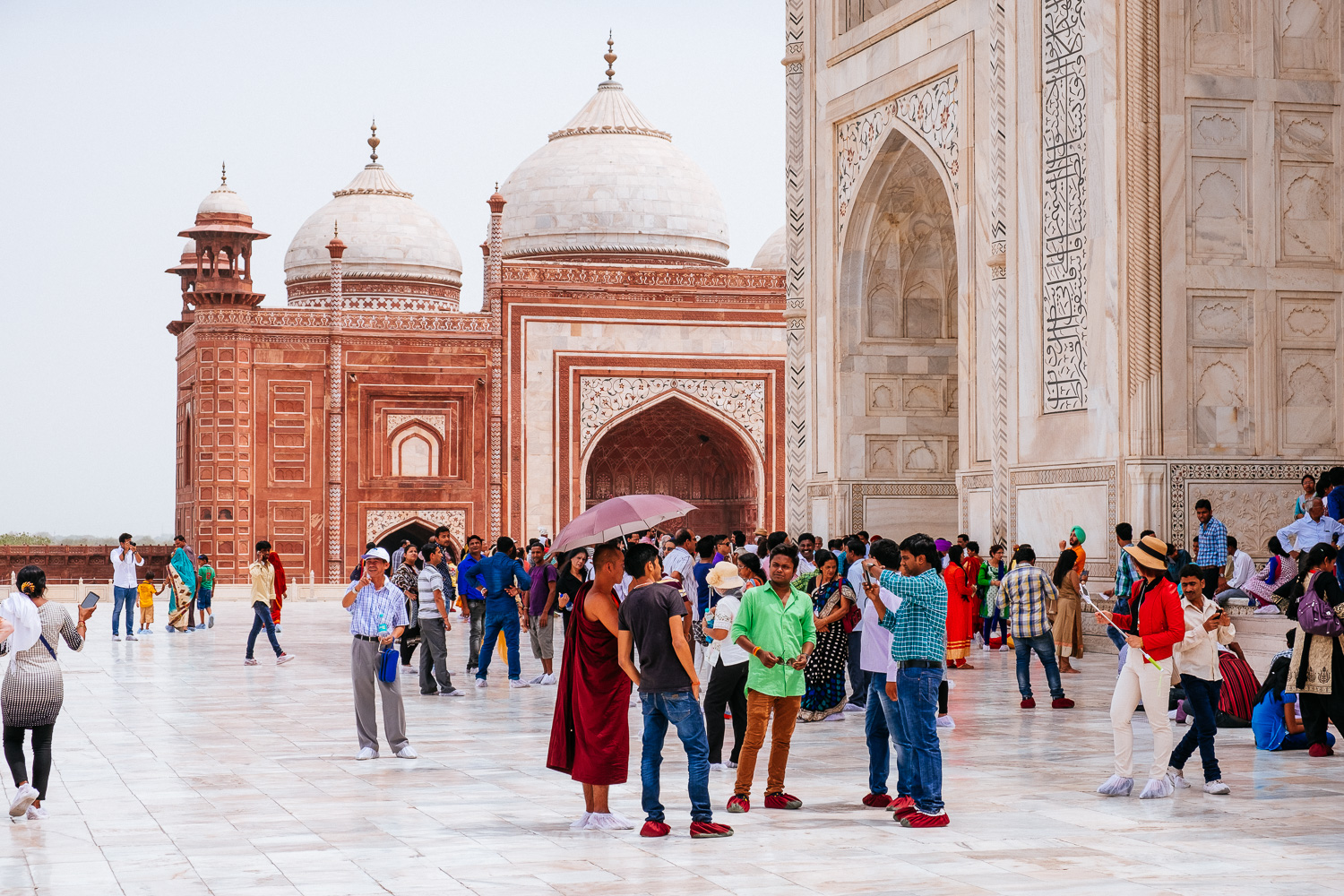 FUJIFILM X-Pro2 (42.5mm, f/8, 1/400 sec, ISO200)
FUJIFILM X-Pro2 (42.5mm, f/8, 1/400 sec, ISO200)
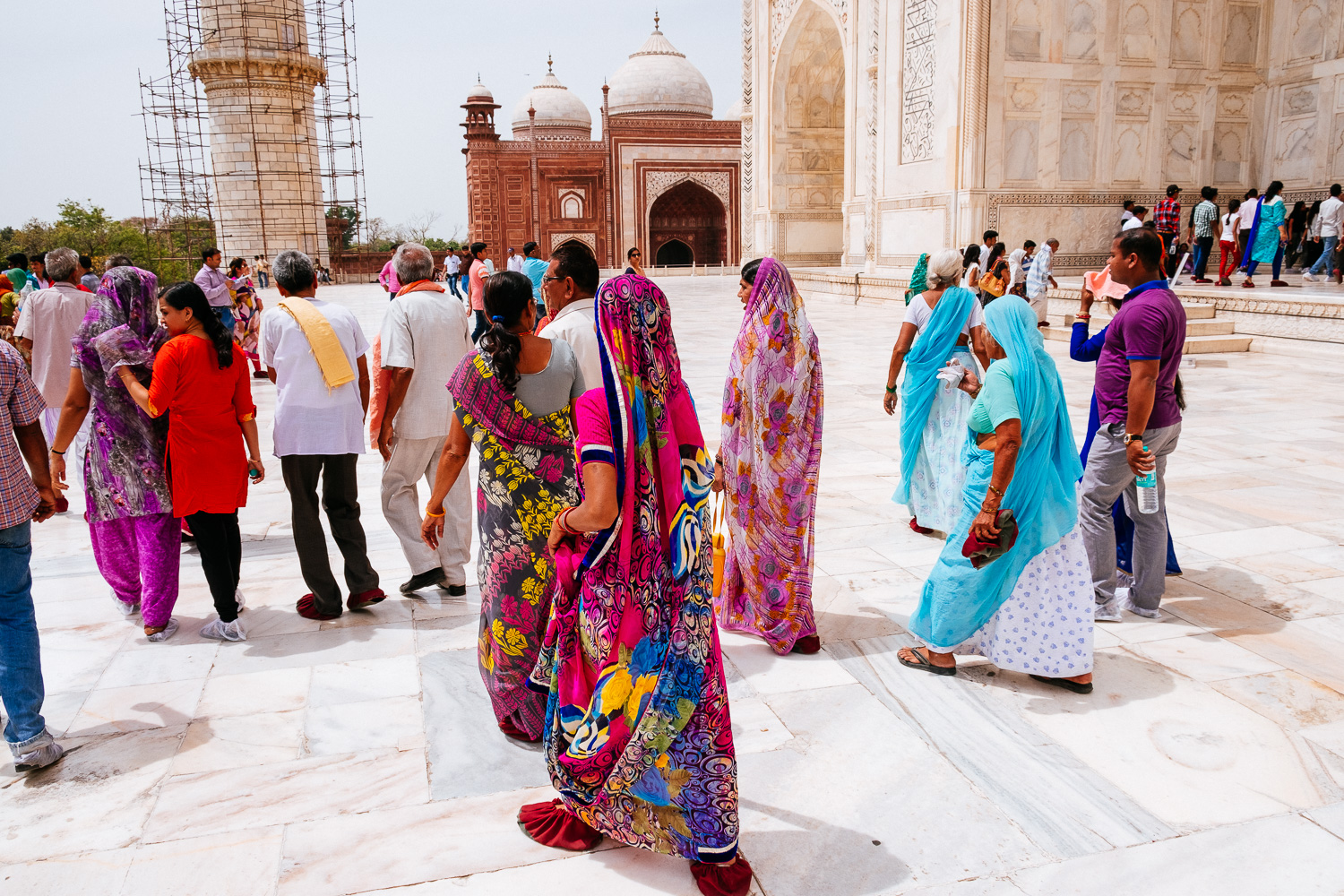 FUJIFILM X-Pro2 (18mm, f/8, 1/640 sec, ISO200)
FUJIFILM X-Pro2 (18mm, f/8, 1/640 sec, ISO200)
I have to come here for one more time. But when I come back again I will stay in Agra to be able to visit the Taj Mahal in the morning and in the evening. I would also visit during the winter months to have softer light but most of all I would like to spend more time there.
In both visits I drove there from New Delhi so the best part of the day was wasted in the car. And there is not a lot to see because the new highway that connects New Delhi with Agra is one of the loneliest roads on earth. Maybe I’m exaggerating but it is a very quiet road in one of the most densely populated countries in the world.
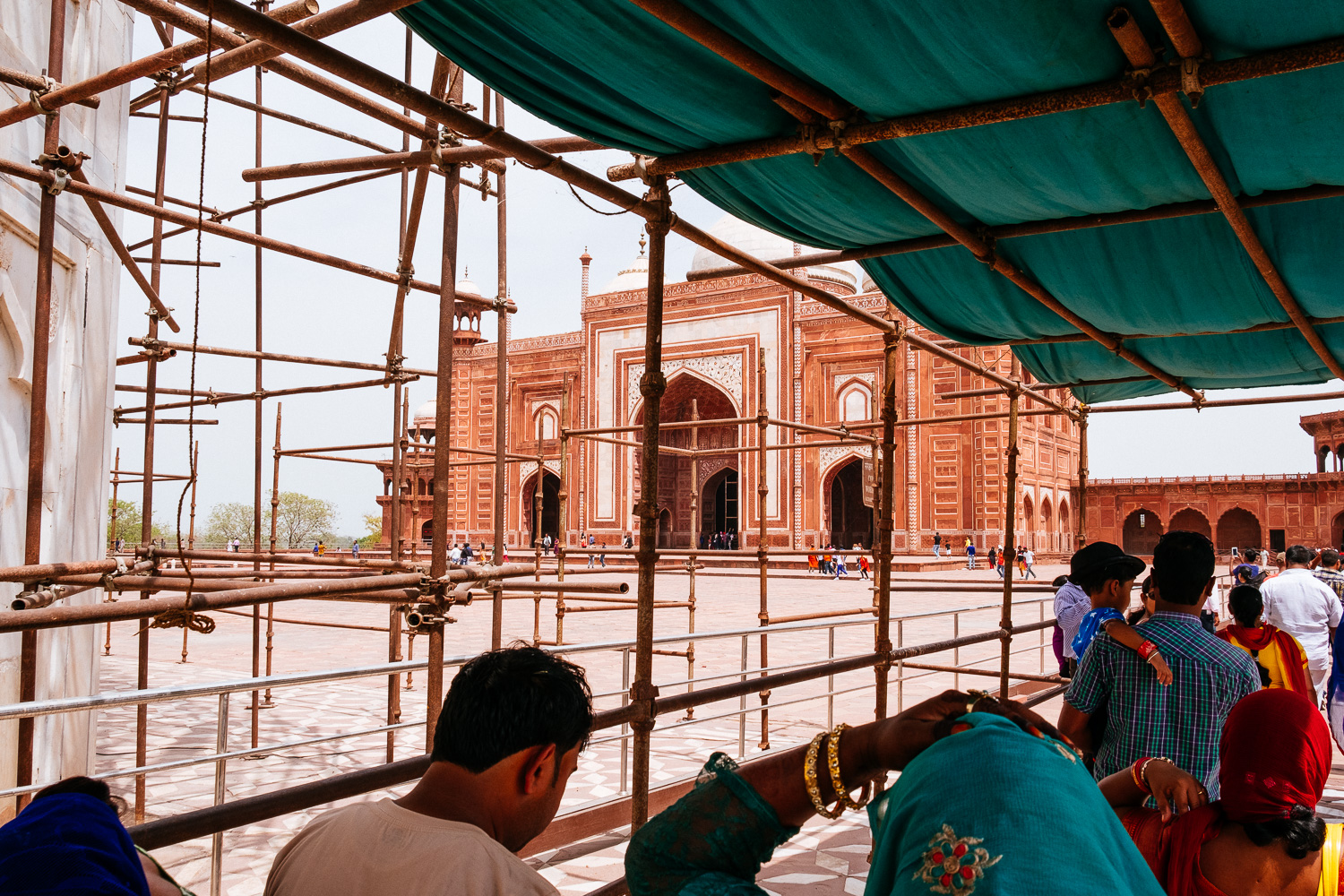 FUJIFILM X-Pro2 (18mm, f/9, 1/400 sec, ISO250)
FUJIFILM X-Pro2 (18mm, f/9, 1/400 sec, ISO250)
I just realized that I might sounded a little negative but even if the conditions were far from perfect to visit this place is just special. There is a certain energy that you can feel no matter if the light is poor or great. It’s like the Grand Canyon in the rain. Even though it looks more impressive during a beautiful sunset it is still the Grand Canyon and it will take your breath away.
With the Taj Mahal and all the other true great locations in the world it is just the same. They are breath taking even i boring light. So maybe I was wrong and it should read: Location, Location, Location. Anyway: To keep a long story short. The camera is not important at all. Though it is fun to shoot with a new camera. Even in poor light.

